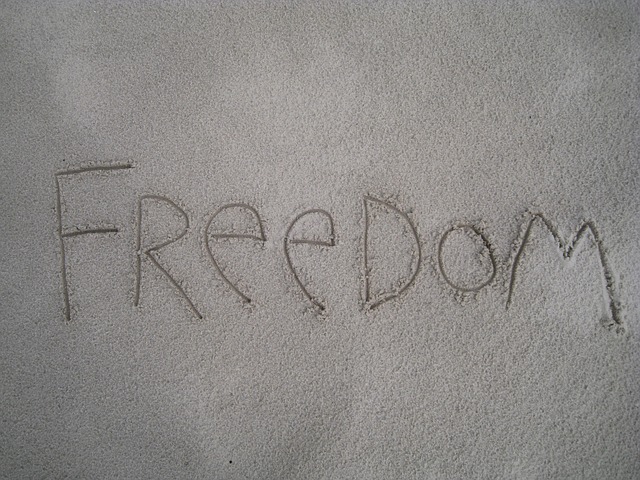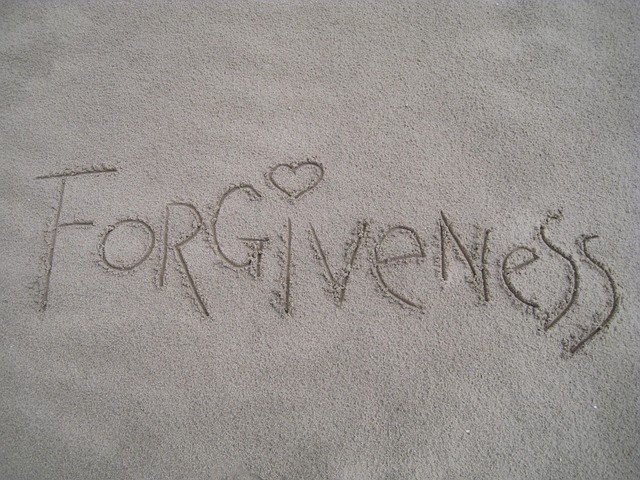Randy Pausch, the author of The Last Lecture, was a Professor of Computer Science at the Carnegie Mellon University specialising in the design of Virtual Reality. He died from pancreatic cancer on 25 July 2008 after being diagnosed with the disease in the summer of 2006.
Randy’s book traces his life, his medical experience, giving his last lecture and his life’s lessons and achievements. His Last Lecture, given on the 18th September 2007, was videotaped and is available here. The lecture has been viewed by millions of people who admire Randy’s inspiration, insight, humour, intelligence and wisdom.
Randy, even though he was obviously dying from cancer at the time, wanted to leave a legacy for his three young children in terms of the lessons he had learned in life – often the hard way by making mistakes. Some of his insights into the way to live your life are pertinent to developing mindfulness.
Lessons on mindfulness from Randy Pausch
I can’t recall Randy talking about mindfulness in his book or his lecture, but he did have some insights and values that I think are particularly relevant to mindfulness:
Show Gratitude
Being grateful for what you have and what people have done for you is important, because it is part of growing in self-awareness and understanding how you came to achieve what you have achieved. Randy also talks about the “lost art of the thank-you note” as a timely way to express appreciation.
He went even further and decided to take his 15-member research team (working on virtual reality) to a week-long visit to Disney World in Florida. Besides enjoying the entertainment, they were also able to take in some educational activities relevant to their studies and research. He provided this expensive trip as a way to “pay it forward” his gratitude for the mentoring he received from Any van Dam.
Gratitude requires being present to notice what people have done for you and developing an appreciation mindset through gratitude meditation. Often, we are grateful, but fail to express it. Through this form of meditation, we become more aware of the opportunities to show gratitude and ways to express it.
Seeking forgiveness genuinely
There are many times when we are hurt by the words and actions of others – it is part of being human on both sides of the hurt dyad. We hurt others and they hurt us. We can’t avoid this, although as we grow in mindfulness we become more aware of their feelings and what effect our words and actions have on them.
Randy stresses the importance of seeking forgiveness genuinely – in his own words, “A bad apology is worse than no apology”. He argues that we should not apologise in such a way that we are not genuineor in a way that is designed only to obtain an apology from the other person. While hurt can be a two-way street, it does not rectify the situation to actively seek an apology from the other party – they may apologise in their own due time. If you want someone to change their behaviour, you are more likely to achieve this if you change your own behaviour first.
Forgiveness meditation helps us to develop the readiness and willingness to apologise for the hurt we cause others. In the process of this meditation, we can ask for forgiveness from others – which makes us acutely aware of the reality that we are not the only one hurting. Associated with this, is the need to also practise self-forgiveness meditation.
As we grow in mindfulness through meditation and learning from the inspiration of others such as Randy Pausch, we can develop the awareness and mindset that makes us willing and able to show gratitude and to genuinely seek forgiveness.
By Ron Passfield – Copyright (Creative Commons license, Attribution–Non Commercial–No Derivatives)
Image source: courtesy of dimitrisvetsikas1969 on Pixabay
Disclosure: If you purchase a product through this site, I may earn a commission which will help to pay for the site, the associated Meetup group and the resources to support the blog.






